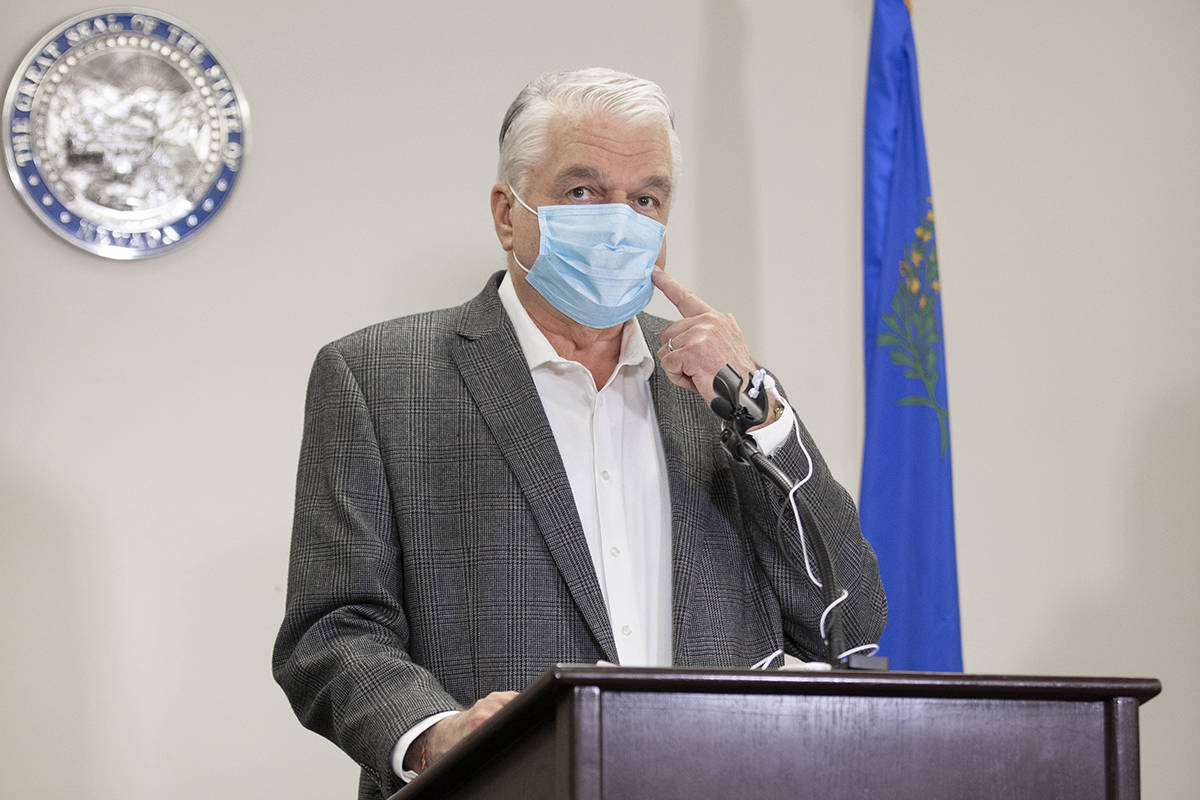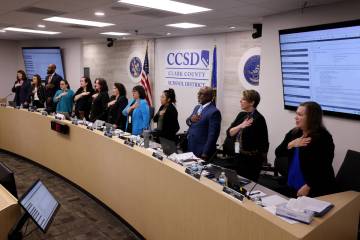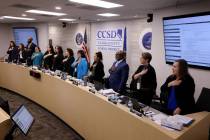EDITORIAL: Reduce spending first through reforms, not cuts
State agencies soon may consider the budget cuts enacted this summer as the good old days.
Earlier this month, Gov. Steve Sisolak warned state agencies to prepare for a lean future. The coronavirus and his prolonged shutdown have wreaked havoc on Nevada’s economy and revenue. Another shutdown looms. The governor ordered state departments to propose 12 percent cuts for each of the next two years.
These aren’t the first adjustments state agencies have had to endure. This summer, Gov. Sisolak called a special legislative session to pare back the budget legislators passed in 2019. The size of the shortfall was significant, around $2 billion out of the $8.9 billion biennial spending plan. But spending didn’t go down by $2 billion. Far from it.
Gov. Sisolak and legislative leaders used a series of gimmicks and one-time transfers to cushion the blow significantly. Most notably, they drained the rainy day fund. They did make some cuts, including to the Read by Three program designed to ensure Nevada’s children have attained reading proficiency by third grade.
Tellingly, the governor and Democratic lawmakers also shielded their labor union allies from the pain. They reduced state worker furloughs from a proposed 12 days a year to six. Compared with the private sector, still struggling with double-digit unemployment, government workers came out largely unscathed.
But that only delayed the inevitable. Tax revenue remains far below projected levels. Gov. Sisolak and legislators have mostly exhausted their budget tricks, meaning the 2021 session will require a more serious approach.
But there are options. For instance, Gov. Sisolak could use this budget crunch as a way to improve the efficiency of state services. School choice should top the list, particularly as the pandemic has forced parents to find alternatives to the public schools. A well-designed choice program, like the now-defunct Education Savings Accounts, would expand options for parents when they need them most.
Collective bargaining reform also is imperative. Last year, Gov. Sisolak signed a bill allowing state workers to collectively bargain for the first time. The bill does include an escape clause allowing the governor to set pay rates irrespective of what bargaining produces. But the measure is sure to drive up personnel costs in the long run, squeezing out other spending. That’s not what the state needs as it tries to shake the long-term ramifications of the pandemic.
Transitioning the Public Employees’ Retirement System from a defined benefit plan to a hybrid system and implementing charter agencies are other reforms that lawmakers could consider to improve efficiencies as revenues lag.
Government bureaucrats may not like it, but these reforms can help the state address the virus budget shortfall while also improving the quality of services provided.






















